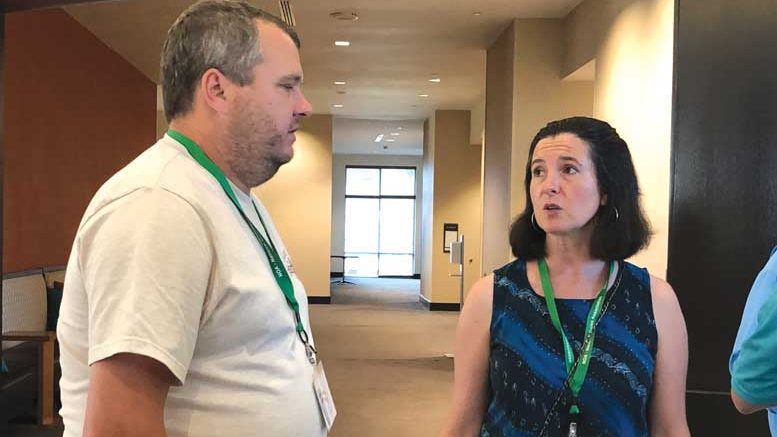|
Click to listen to this article
|
By René Hardwick, National Onion Association Director of Public and Industry Relations
For the second time in almost two years – a first in many people’s lifetimes – onions have been linked to Salmonella. And starting in December, the National Onion Association (NOA) will begin working on best practices as onions become a more frequent topic through the Centers for Disease Control.
This time, onions from Chihuahua, Mexico, sickened 652 people in 37 of our United States, as of Oct. 22.
Last summer, the NOA heard from Dr. Jennifer McIntyre with United Fresh Produce Association, who warned that after the first Salmonella outbreak in June 2020, onions would continue to hold inspectors’ attention. Now that they’re looking a little closer, they’re more likely to find problems, she warned, so the industry may want to be ready, and perhaps a bit more diligent on meeting food safety standards.
In 2010, the U.S. onion industry developed voluntary commodity-specific food safety guidelines for the dry bulb onion supply chain. This document serves as guidance for growers and shippers to adhere to best practices and regulations governing safe vegetable production.
But this document has not been updated since.
At the NOA’s convention last summer, McIntyre called on the industry to update the guidelines to show the Food and Drug Administration the united front and collective efforts within the industry to commit to best practices.
“The 2010 document doesn’t convey what current industry practice will look like,” she told Nashville convention attendees. “I have learned that there are nuances – differences between onion production and production of other produce items. You deserve to have that called out and recognized. Whether it’s updating this 2010 document, it would be value in coming together as industry, talking about best practices.”
That process will start at our annual convention Dec. 1-4 in Puerto Rico. Members will begin discussions about the need for an update and get that ball rolling.
This document is held as the industry standard for best practices, and it’s being delivered by the one group completely dedicated to the entire U.S. onion industry – the National Onion Association.
Through the NOA, many things have happened legislatively to help onion growers and the industry. The USDA Farmers to Families Food Box Program is just one. Without the NOA, onions likely wouldn’t have been included in food boxes around the country.
The NOA was successful in getting onion inspections at the Canada border, which helped U.S. onion growers stay on a level playing field with the imported onions that had been undercutting U.S. prices.
As someone in the onion industry, we’d urge you to find a way to get involved with the NOA. You can be a part of the discussion on the guidelines. You can go to Washington D.C. every year to argue the industry needs with a large group of other members.
Only together can we really become a voice. The U.S. onion industry is large, and we can effect change at that scale as a united front.
Join us today! We’ve got some work ahead of us, and we need your expertise. Visit www.onions-usa.org/members/memberships to download a brochure or sign up online.





